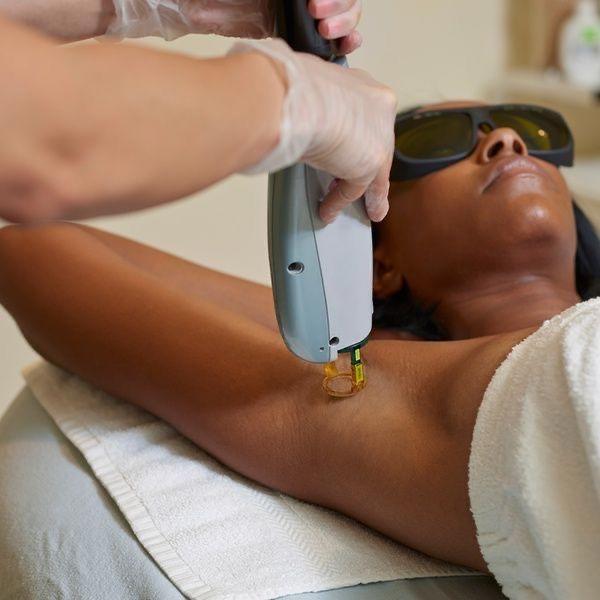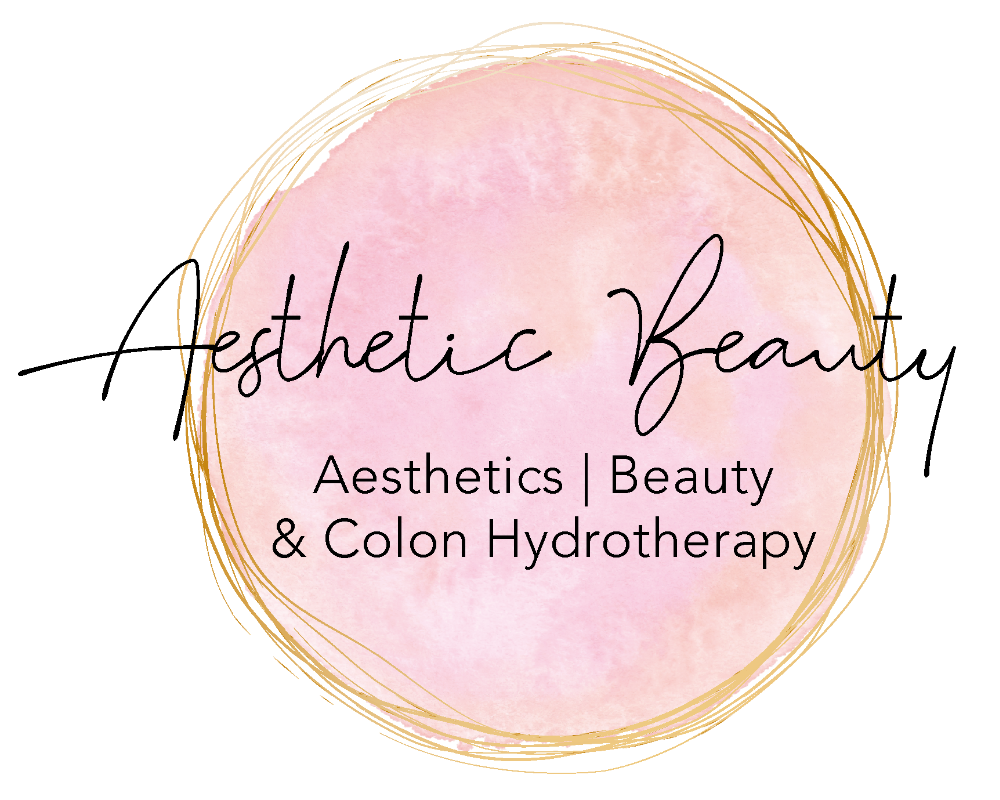
Laser Hair Removal
Laser hair removal is a medical procedure that uses a concentrated beam of light (laser) to remove unwanted hair.
During laser hair removal, a laser emits a light that is absorbed by the pigment (melanin) in the hair. The light energy is converted to heat, which damages the tube-shaped sacs within the skin (hair follicles) that produce hairs. This damage inhibits or delays future hair growth.
Although laser hair removal effectively delays hair growth for long periods, it usually does not result in permanent hair removal more long-term hair management. Multiple laser hair removal treatments are needed for initial hair removal, and maintenance treatments might be needed as well. Laser hair removal is most effective for people who have light skin and dark hair, but it can be successfully used on all skin types. Consultation and test patch must be performed prior to any procedure as a health and safety precaution for all clients.
How is hair removal done?
Laser hair removal is used to reduce unwanted hair. Common treatment locations include legs, armpits, upper lip, chin and the bikini line, back, abdomen etc, however, it is possible to treat unwanted hair in nearly any area, except the eyelid or surrounding area.
Hair colour and skin type influence the success of laser hair removal. The basic principle is that the pigment of the hair, but not the pigment of the skin, should absorb the light. The laser should damage only the hair follicle while avoiding damage to the skin. Therefore, a contrast between hair and skin colour — dark hair and light skin — results in the best outcomes.
The risk of damage to skin is greater when there is little contrast between hair and skin colour, but advances in laser technology have made laser hair removal an option for people who have darker skin. Laser hair removal is less effective for hair colours that does not absorb light well: grey, red, blond and white. However, electrolysis, galvanic and blend electrolysis can be used on these hair colour types.
How to prepare
Staying out of the sun: avoiding sun exposure before and after treatment. Whenever you go out, apply a broad-spectrum, SPF30 sunscreen. Lightening your skin. Avoid any sunless skin creams that darken your skin such as fake tan
Avoiding other hair removal methods. Plucking, waxing and electrolysis can disturb the hair follicle and should be avoided at least four weeks before treatment. Avoiding blood-thinning medications.
Shaving treatment area. Trimming and shaving is recommended the day before laser treatment. It removes hair above the skin, because if it is not removed it could result in surface skin damage from burnt hairs, but it leaves the hair shaft intact below the surface.
Risks
Risks of side effects vary with skin type, hair colour, treatment plan and adherence to pre-treatment and post-treatment care. The most common side effects of laser hair removal include:
Skin irritation. Temporary discomfort, redness and swelling are possible after laser hair removal. Any signs and symptoms typically disappear within several hours.
Pigment changes. Laser hair removal might darken or lighten the affected skin. These changes might be temporary or permanent. Skin lightening primarily affects those who do not avoid sun exposure before or after treatment and those who have darker skin.
Rarely, laser hair removal can cause blistering, crusting, scarring or other changes in skin texture. Other rare side effects include greying of treated hair or excessive hair growth around treated areas, particularly on darker skin.
Laser hair removal is not recommended for eyelids, eyebrows or surrounding areas, due to the possibility of severe eye injury.
During the procedure
What you can expect
Laser hair removal usually requires approximately two to ten treatments. The interval between treatments will vary depending on the location. On areas where hair grows quickly, such as the upper lip, the treatment might be repeated in four to eight weeks. On areas of slow hair growth, such as the back, the treatment might be every 12 to 16 weeks.
For each treatment you will wear special goggles to protect your eyes from the laser beam. The aesthetic practitioner might shave the site again if necessary.
FAQ's
Most clients require 6–8 sessions, spaced 4–6 weeks apart, to achieve long-term hair reduction. Hair grows in cycles, so multiple treatments ensure we target every follicle at its active growth phase.
Discomfort is minimal. You’ll feel a quick, warm “snap” sensation—similar to an elastic band against the skin. Our advanced laser has an integrated cooling system to keep your skin comfortable throughout the session
Yes. We use medical-grade devices suitable for a wide range of skin tones. During your consultation, we’ll assess your skin and hair type to customise safe, effective settings for you.
Virtually any area with unwanted hair can be treated, including:
- Face (upper lip, chin, cheeks)
- Underarms
- Bikini or Hollywood
- Legs and arms
- Chest, abdomen, and back
- Shave the treatment area 24 hours before your appointment.
- Avoid sun exposure, fake tan, and tanning beds for at least two weeks.
- Stop using retinoids, glycolic acids, or exfoliants 3 days before treatment.
- Do not wax, pluck, or epilate between sessions—shaving only.
None. You may notice mild redness or warmth for a few hours, similar to a light sunburn. Avoid hot showers, saunas, and vigorous exercise for 24 hours, and apply soothing aloe or post-laser cream if needed.
No. For safety reasons, we postpone laser treatments during pregnancy and breastfeeding until hormone levels stabilise.
Results are long-term but not technically permanent—some fine, light regrowth may occur over time due to hormonal changes. Occasional maintenance sessions help keep the area smooth.
We use the latest approved medical laser technology, which delivers faster results, greater comfort, and precision for all skin tones.
You’ll typically notice a reduction after the first 2–3 sessions, with smoother skin and slower regrowth after each visit. Full results appear once the full course is complete.
